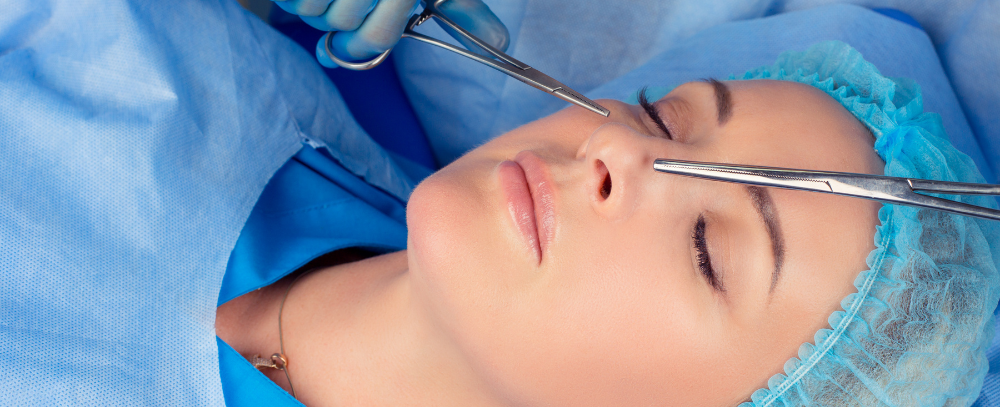In addition to correcting airway problems, the purpose of nose surgery includes correcting malformations and the psychological effects that occur due to this. When evaluating the patient, he should be evaluated as a whole. Whether there is a concomitant obstruction, the examination of an allergic condition, previous surgeries or traumas are questioned in detail. In addition, the face is evaluated as a whole, and what needs to be done according to the anatomy of the face is discussed in detail with the patient. The face is evaluated as a whole with an evaluation called profiloplasty, and sometimes operations or additional interventions suitable for the anatomy of the jaw, cheek, forehead are discussed with the patient in detail. Many methods have been developed by means of today’s many technological and scientific developments. There are many methods such as an open or closed method, a method that protects tissues (preservation rhinoplasty), a method that will be performed using piezo. The most suitable one for you is selected and applied by the doctor. Surgery is performed by preserving many tissues that the nose contains, such as cartilage, bone, and the ligaments that hold these structures together. For this reason, nose surgery is a technically difficult operation that is performed very meticulously. The surgery is usually performed under general anaesthesia. It takes about 2-2.5 hours. However, during revision rhinoplasty operations in which the patient does not have enough cartilage, the situation is different. In this case, the procedure is sometimes longer and more complicated, as cartilage is obtained from the rib.
PREPARATION FOR SURGERY
Detailed examination of the patient is the first and most important step. The general condition of the patient, accompanying diseases, medications used, and whether expectations are realistic are the most important points for us. Detailed examination together with the anesthesiologist is a must for preoperative preparation. If the patient smokes, it is recommended to stop 3 weeks beforehand, and blood thinners to be discontinued before the specified time. Preoperative planning is an important step in surgical preparation.
The special conditions of each patient are evaluated and nose planning is made in accordance with the facial proportions and anatomy.
METHOD OF SURGERY
The technique varies according to many factors. All of these are planned in previous evaluations, taking into account many factors such as nose anatomy, skin structure, condition of cartilage and bones. Depending on the needs of the patient, curvations of the tip of the nose, back of the nose, bones, septum that cause obstruction can be intervened.
HEALING PROCESS
Patients are generally treated by being hospitalized for 1 night after surgery. In this process, necessary treatments and cold applications are . A plastic splint or plaster cast is placed to protect the delicate operations performed on the cartilage and bones. Most often, a silicone tampon with a hole in the middle is placed. This silicone tampon is not like the cloth tampons that were put in the past. Besides helping patients to go through the process more easily, it is also easier to remove the tampon than before. Around 7-10 days, the stitches and splints are removed. It is recommended to apply ice for 2 days, lie down with a few pillows under the head to keep it high. Heavy exercises should be avoided after the operation. Walking is possible for the patient. Light activities that will not cause bending the head forward can be done. Necessary medications are prescribed. In this process, one is allowed to take a shower, trying not to wet the splint. It is recommended not to use glasses for up to 2 months, to be protected from impacts and the sun for months. It takes an average of 6 months and 1 year for the nose to take full shape. As with any surgery, there is a risk of complication during nose surgery. Some of these may require revision nose surgery attempts. Airway corrections are also performed with aesthetic nose surgery, yet sometimes breathing problems may persist for the first 3 months. In this process, it is required not to worry because healing process still continues, both oedema and crusts in the mucous membrane of the nose can lead to this problem. Oil-based nasal sprays may be helpful during this period. If the breathing problem persists after 1 year, it may also be related to your allergy problem, and medication can be administered if necessary.

